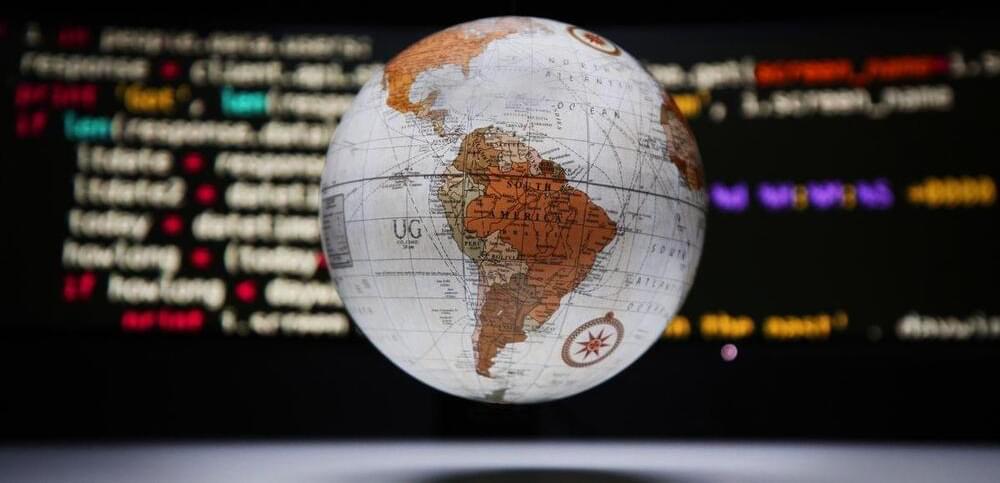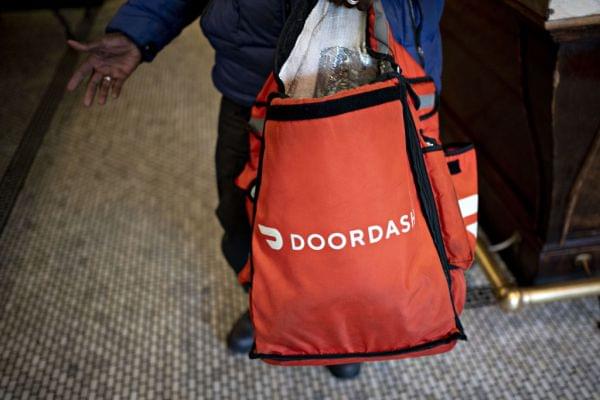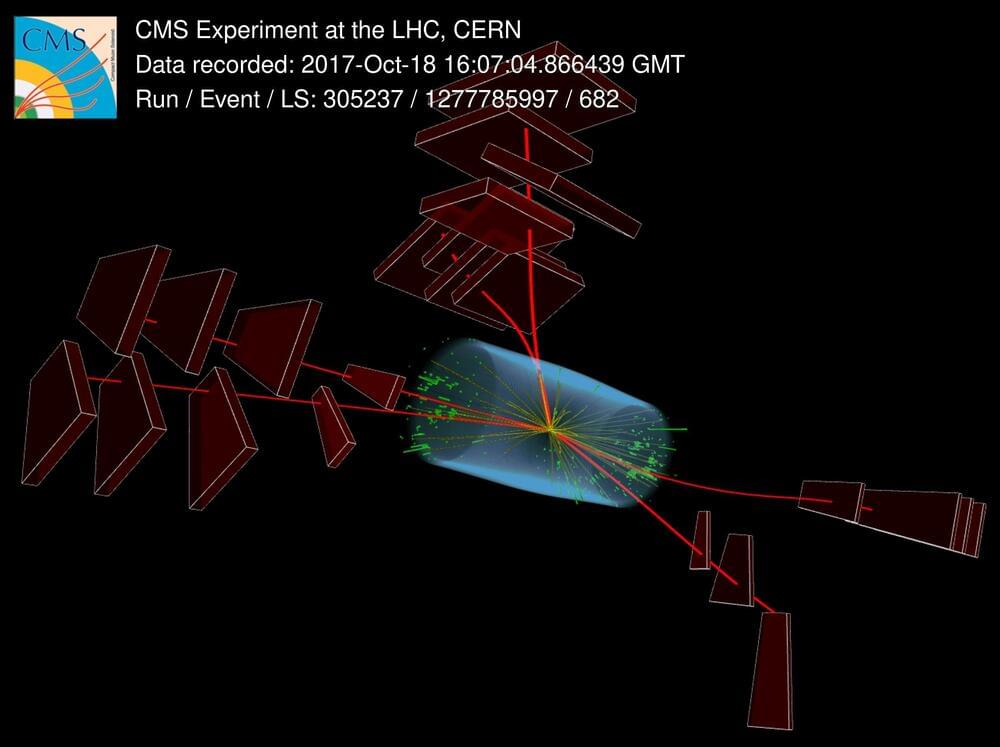OrCam’s reading device, ElectReon’s ‘smart road’ tech, a sensor for farming and security drones all make the list.
1. OrCam Read, a smart reading support device developed by OrCam Technologies, the maker of artificial intelligence-based wearable devices to help the blind and visually impaired read texts via audio feedback. The company launched OrCam Read in 2,020 a handheld digital reader meant to help people with language processing challenges, including dyslexia. The device (priced at $1,990) captures and reads out full pages of text and digital screens, and follows voice commands.









